

Articles
How To Store Alocasia Corms
Modified: May 6, 2024
Learn the best methods for storing Alocasia corms in this informative article. Discover expert tips and ensure the long-term health of your plants.
(Many of the links in this article redirect to a specific reviewed product. Your purchase of these products through affiliate links helps to generate commission for Storables.com, at no extra cost. Learn more)
Introduction
Welcome to the world of Alocasia plants! These stunning tropical plants are known for their large, vibrant leaves and unique decorative appeal. Whether you are a seasoned plant enthusiast or a beginner gardener, understanding how to properly store Alocasia corms is essential for their long-term survival and healthy growth.
Alocasia corms are underground storage structures that store essential nutrients and energy for the plant. They resemble bulbs but are technically different. Storing Alocasia corms correctly during the dormant period ensures that they remain in optimal condition until the next growing season.
In this article, we will guide you through the process of storing Alocasia corms, whether you choose to store them indoors or overwinter them outdoors. We will also provide tips on monitoring and maintaining the stored corms, ensuring their health and vitality throughout the storage period.
Let’s get started and learn how to store Alocasia corms properly!
Key Takeaways:
- Properly storing Alocasia corms is crucial for their long-term survival and healthy growth. Understanding their nature, preparing them for storage, and choosing the right storage location are key to successful storage.
- Whether storing Alocasia corms indoors or overwintering them outdoors, monitoring and maintaining their health is essential. Regular inspections, moisture control, and proper air circulation contribute to their well-being.
Read more: How To Store Ranunculus Corms
Understanding Alocasia Corms
Before diving into the process of storing Alocasia corms, let’s first understand what they are and why they are important. Alocasia corms are modified stems that grow underground and serve as a storage organ for the plant. They are responsible for storing nutrients and energy needed for the Alocasia to survive dormancy, harsh weather conditions, and periods of limited resources.
Alocasia corms are distinct from bulbs. While bulbs are made up of layers that contain the plant’s leaves, stem, and roots, corms are solid structures without distinct layers. They have a protective outer layer and a central core where the nutrients are stored.
During the active growing season, the Alocasia plant uses the stored nutrients from the corm to produce leaves, stems, and flower buds. As the growing season ends, the plant goes into a dormant phase, and the corm becomes the main source of nourishment and energy.
Understanding the lifecycle of Alocasia corms is crucial for successful storage. By providing the proper care and conditions, you can ensure the corms remain healthy and ready for the next growing season.
Now that you have a basic understanding of Alocasia corms, let’s move on to preparing them for storage.
Preparing the Alocasia Corms for Storage
Before storing Alocasia corms, it is important to prepare them properly to ensure their longevity and health during the dormant period. Follow these steps to prepare your Alocasia corms for storage:
- Harvesting: Wait until the first frost or when the leaves start yellowing to harvest the corms. Gently dig around the base of the plant to avoid damaging the delicate corms. Shake off the excess soil and cut off any dead foliage.
- Drying: Allow the corms to air dry for a few days in a warm, well-ventilated area. This will help prevent rot and fungal infections during storage. Make sure the corms are completely dry before proceeding to the next step.
- Cleaning: Once the corms are dry, gently remove any remaining soil or debris using a soft brush or cloth. Be careful not to damage the outer layer of the corms. Inspect them for any signs of damage or disease, and discard any corms that are soft, mushy, or discolored.
- Labeling: To avoid confusion, label each corm with the variety or species name. This will help you identify them later when it’s time to replant. Use a waterproof marker or attach small tags to the corms.
- Storage Medium: Choose a suitable storage medium for your Alocasia corms. You can use a mixture of dry peat moss, vermiculite, or perlite to provide insulation and prevent moisture buildup. Alternatively, you can use a paper bag or cardboard box filled with dry sawdust or wood shavings.
- Packaging: Place the corms in the chosen storage medium, ensuring they are completely covered. Make sure there is enough space between the corms to prevent them from touching each other, as this can lead to rot. Seal the container tightly to prevent moisture from entering.
By following these steps, you are now ready to select an appropriate storage location for your Alocasia corms.
Choosing the Right Storage Location
When it comes to storing Alocasia corms, selecting the right storage location is crucial for their well-being. Here are some factors to consider when choosing the ideal storage location:
- Temperature: Alocasia corms require a cool but not freezing temperature for optimal storage. Aim for a temperature between 45°F (7°C) and 55°F (13°C). Avoid storing them in areas prone to extreme temperature fluctuations, such as garages or uninsulated sheds.
- Humidity: Moderate humidity levels are best for storing Alocasia corms. High humidity can lead to rot, while low humidity can cause the corms to dry out. Aim for a humidity level between 50% and 70%. You can use a humidifier or place a container of water nearby to maintain the desired humidity.
- Light Exposure: Alocasia corms should be stored in a dark location to prevent sprouting or premature growth. Exposure to light during the storage period can deplete the stored energy and weaken the corms. Find a storage area that is free from any natural or artificial light sources.
- Air Circulation: Good air circulation is essential for preventing moisture buildup and the growth of fungi or mold. Choose a storage location that has proper ventilation or use a fan to ensure continuous airflow. Avoid storing the corms in airtight containers or plastic bags.
- Pest Control: Before storing the corms, inspect them thoroughly for any signs of pests or diseases. Discard any infected or infested corms. Additionally, ensure the storage area is free from pests and rodents that can cause damage. Consider using natural pest control methods like diatomaceous earth or sticky traps.
It’s important to note that the ideal storage conditions may vary depending on the specific Alocasia species or variety you are storing. Some species may have slightly different temperature or humidity preferences. Research the specific requirements for your Alocasia to ensure the best storage conditions.
Now that you have chosen the right storage location, let’s explore the different methods for storing Alocasia corms indoors and outdoors.
Storing Alocasia Corms Indoors
If you live in a climate with harsh winter conditions or have limited outdoor space, storing Alocasia corms indoors is a practical solution. Follow these steps to store Alocasia corms indoors:
- Prepare the Storage Container: Choose a suitable storage container, such as a cardboard box or a breathable container with a lid. Fill the container with a storage medium like dry peat moss, vermiculite, or perlite. Make sure the storage medium is slightly moist but not wet.
- Place the Corms: Arrange the cleaned and labeled Alocasia corms in the storage container, making sure they are not touching each other. Ensure that the corms are completely covered by the storage medium.
- Store in a Cool Location: Find a cool and dark location in your home, such as a basement or a closet, where the temperature remains consistent. Avoid areas that are prone to temperature fluctuations or where moisture levels are high, like kitchens or bathrooms.
- Check Regularly: Periodically check on the stored corms throughout the storage period. Inspect them for any signs of rot, mold, or sprouting. Remove any damaged or infected corms promptly to prevent the spread of diseases.
- Monitor Moisture Levels: Keep an eye on the moisture levels in the storage medium. If it becomes too dry, mist it lightly with water to maintain a slightly moist environment. Be careful not to oversaturate the storage medium, as excessive moisture can lead to rot.
- Ensure Air Circulation: Maintain proper air circulation around the storage container. You can place a small fan nearby or slightly open the lid of the container to allow for airflow. Avoid storing the corms in airtight or sealed containers.
- Plan for Replanting: Before the next growing season, plan ahead for when you will replant the stored Alocasia corms. Determine the appropriate time based on your local climate and growing conditions to ensure successful growth and development.
By following these steps, you can successfully store Alocasia corms indoors and provide them with the proper conditions for a healthy dormancy period. Now, let’s explore the process of overwintering Alocasia corms outdoors for those in milder climates.
After the Alocasia corms have been dug up, allow them to air dry for a few days before storing them in a cool, dry place. Make sure to check on them periodically to ensure they are not rotting.
Read more: How To Germinate Alocasia Bulbs
Overwintering Alocasia Corms Outdoors
If you live in a mild climate where the temperatures do not drop below freezing, you have the option to overwinter your Alocasia corms outdoors. Follow these steps to safely overwinter your Alocasia corms:
- Choose a Suitable Location: Look for a suitable spot in your garden where the corms can remain undisturbed during the winter months. Avoid areas prone to excessive moisture or where the soil tends to stay waterlogged.
- Prepare the Corms: Clean the Alocasia corms, removing any soil or debris. Label them if necessary to keep track of the different varieties. Inspect the corms for any signs of damage or disease, and discard any that are soft, mushy, or discolored.
- Plant the Corms: Dig a hole in the ground that is deep enough to accommodate the corms. Place the corms in the hole, ensuring they are upright with the growing points facing upwards. Cover the corms with soil, leaving the top exposed.
- Protect from Frost: As winter approaches and temperatures drop, protect the Alocasia corms from frost by applying a thick layer of mulch around them. Use organic materials like straw, leaves, or wood chips. This will insulate the corms and prevent them from freezing.
- Monitor Moisture Levels: Check the moisture levels in the soil regularly throughout the winter. Alocasia corms prefer slightly moist soil but should not be waterlogged. Water only when the soil feels dry to the touch, and avoid overwatering, as it can cause rot.
- Keep an Eye on Growth: In milder climates, Alocasia corms may continue to grow during the winter. Monitor the plants for any signs of new growth or damage caused by pests or diseases. Take appropriate action if necessary.
- Prepare for Spring: As the winter comes to an end, start preparing for the upcoming growing season. Monitor the weather conditions and remove the protective mulch gradually. Begin watering more frequently, and fertilize the Alocasia plants according to their specific needs.
By overwintering Alocasia corms outdoors, you can provide them with the natural conditions they need to go through their dormant period. However, it’s important to always consider your specific climate and the hardiness of your Alocasia varieties before opting for outdoor storage.
Now that you know how to store Alocasia corms both indoors and outdoors, let’s explore some essential tips for monitoring and maintaining the stored corms.
Monitoring and Maintaining Stored Alocasia Corms
Proper monitoring and maintenance are essential to ensure the health and viability of stored Alocasia corms. Here are some important tips to help you keep your stored corms in optimal condition:
- Regular Inspections: Regularly inspect the stored corms for any signs of damage, rot, or disease. Remove any affected corms immediately to prevent the spread of infections. Look for any sprouting or signs of new growth, as this may indicate inappropriate storage conditions.
- Moisture Control: Monitor the moisture levels in the storage medium regularly. If the medium becomes excessively dry, lightly mist it with water to maintain a slightly moist environment. Avoid overwatering, as it can lead to rot and fungal growth.
- Air Circulation: Ensure proper air circulation around the storage containers to prevent moisture buildup and the growth of mold or fungi. Consider using a small fan or slightly opening the lid of the container to facilitate airflow. Avoid storing the corms in airtight containers or plastic bags.
- Temperature and Light: Maintain consistent temperatures and minimize exposure to light. Fluctuating temperatures or exposure to light can disrupt the dormancy period and lead to premature sprouting. Keep the storage location cool, dark, and free from temperature extremes.
- Prevent Pests: Regularly check for pests that might infest the stored corms. Inspect the storage area for signs of pests like insects or rodents. Use natural pest control methods like diatomaceous earth or sticky traps to prevent and address any pest issues.
- Rotate Corms: Occasionally, gently rotate the corms during storage. This will prevent any potential pressure points or imbalances that could lead to rot or damage. Be cautious when handling the corms to avoid causing any harm.
- Record Keeping: Maintain good record-keeping by noting down the storage period, any observations, and the condition of the stored corms. This will help you track the success of your storage methods and make adjustments as needed for future reference.
By regularly monitoring and maintaining your stored Alocasia corms, you can ensure their health and viability during the dormancy period. Following these tips will greatly increase the chances of successful growth and development when it’s time to replant them.
Now that you have valuable insights on monitoring and maintaining your stored corms, let’s conclude with some additional tips for long-term storage.
Tips for Long-Term Storage
When it comes to storing Alocasia corms for an extended period, there are a few additional tips you should keep in mind:
- Temperature Stability: Maintain a stable temperature throughout the storage period. Avoid sudden temperature fluctuations, as they can disrupt the dormancy period and affect the health of the corms. Insulate the storage area if necessary to provide a consistent temperature.
- Storage Container Selection: Choose storage containers that are durable, well-sealed, and resistant to moisture. Consider using plastic or metal containers with airtight lids to prevent the entry of moisture and pests. Ensure they are clean and free from any contaminants before use.
- Label Accuracy: Accurate labeling is crucial for long-term storage. Ensure that each Alocasia corm is properly labeled with the correct variety or species name. This will help you identify and track the specific corms when it’s time to replant them.
- Periodic Monitoring: Regularly check on the stored corms throughout the storage period. Inspect for any signs of damage, decay, or sprouting. Make sure the storage medium is maintained at the right moisture level and adjust as needed.
- Optimal Storage Duration: Alocasia corms are generally stored for 3 to 6 months during the dormant period. Storing them for longer periods may risk the viability and health of the corms. If you need to store them for an extended period, consider dividing the corms and storing them separately.
- Replanting Preparation: As the storage period comes to an end, gradually acclimate the stored corms to the conditions they will encounter when replanted. This may involve increasing light exposure, adjusting humidity levels, and slowly reintroducing moisture to the corms.
- Continuous Learning: Stay informed and continue learning about the specific requirements of the Alocasia varieties you are storing. Different species and cultivars may have slightly different storage needs, so ongoing research will help you refine your storage techniques.
By following these tips for long-term storage, you can ensure the health, viability, and successful regrowth of your stored Alocasia corms. Remember, each step you take during the storage process contributes to the overall success of your plants in the upcoming growing season.
Now that you have a comprehensive understanding of how to store Alocasia corms, you are well-equipped to provide them with the care they need during their dormancy period. Enjoy the beauty and vibrance of your Alocasia plants year after year!
Note: Before implementing any storage methods, it’s always recommended to research and consider the specific requirements of the Alocasia species or cultivar you are working with, as they may have unique needs.
Conclusion
Storing Alocasia corms properly during their dormant period is essential for their long-term survival and healthy growth. Whether you choose to store them indoors or overwinter them outdoors, following the right steps and providing adequate care will ensure their well-being until the next growing season.
Understanding the nature of Alocasia corms and their role as underground storage organs is the first step in successful storage. By harvesting, drying, cleaning, and labeling the corms, you set them up for a healthy dormancy period.
Choosing the right storage location is crucial to create a suitable environment for the corms. Temperature stability, humidity control, and maintaining proper air circulation are key factors to consider when selecting the storage area.
For those opting to store Alocasia corms indoors, ensuring a cool and dark location, regular moisture monitoring, and proper air circulation are vital. On the other hand, overwintering corms outdoors in milder climates requires safeguarding them from frost, monitoring moisture levels, and making necessary preparations for spring.
Monitoring and maintaining stored Alocasia corms play a vital role in their health and viability. Regular inspections, moisture control, adequate air circulation, and pest prevention are essential for their well-being throughout the storage period.
Additional tips for long-term storage, such as temperature stability, appropriate container selection, label accuracy, and periodic monitoring, will contribute to the success of storing Alocasia corms for extended periods.
Remember, each step you take during the storage process contributes to the overall success of your plants in the upcoming growing season. Continually learning and adapting your storage techniques to meet the specific needs of your Alocasia varieties will ensure their health, growth, and beauty year after year.
Now that you have all the knowledge necessary, you can confidently embark on your journey of storing Alocasia corms. With proper care and attention, your Alocasia plants will thrive, delighting you with their spectacular foliage and adding a tropical touch to your home or garden.
Now that you've mastered storing Alocasia corms, why not spruce up your garden's appeal? Dig into our article on creative garden fence ideas that are perfect for any gardening enthusiast looking to add a touch of style and privacy to their green space. These designs will not only enhance your home's outdoor aesthetics but also provide practical solutions for enclosing your beloved garden.
Frequently Asked Questions about How To Store Alocasia Corms
Was this page helpful?
At Storables.com, we guarantee accurate and reliable information. Our content, validated by Expert Board Contributors, is crafted following stringent Editorial Policies. We're committed to providing you with well-researched, expert-backed insights for all your informational needs.
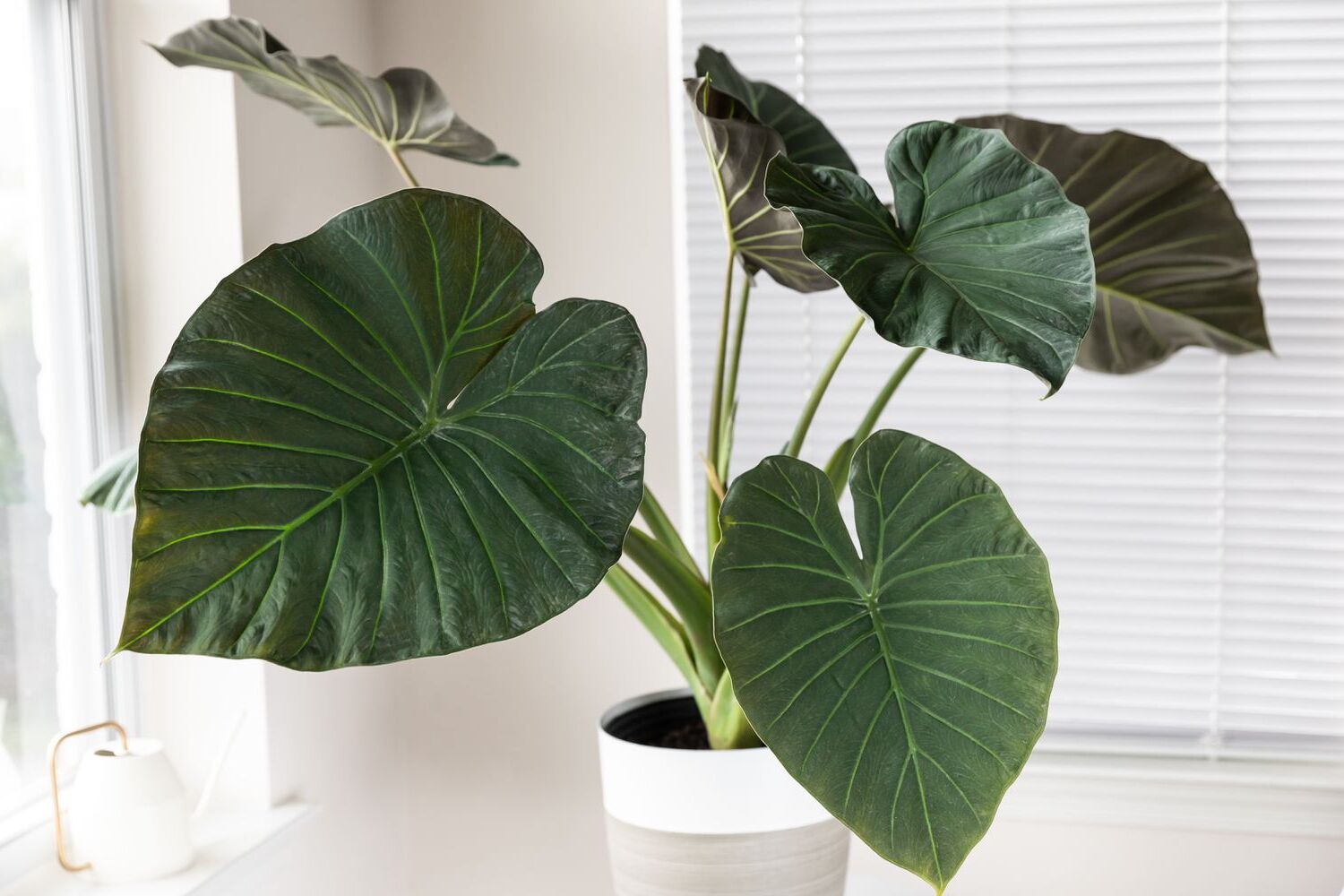
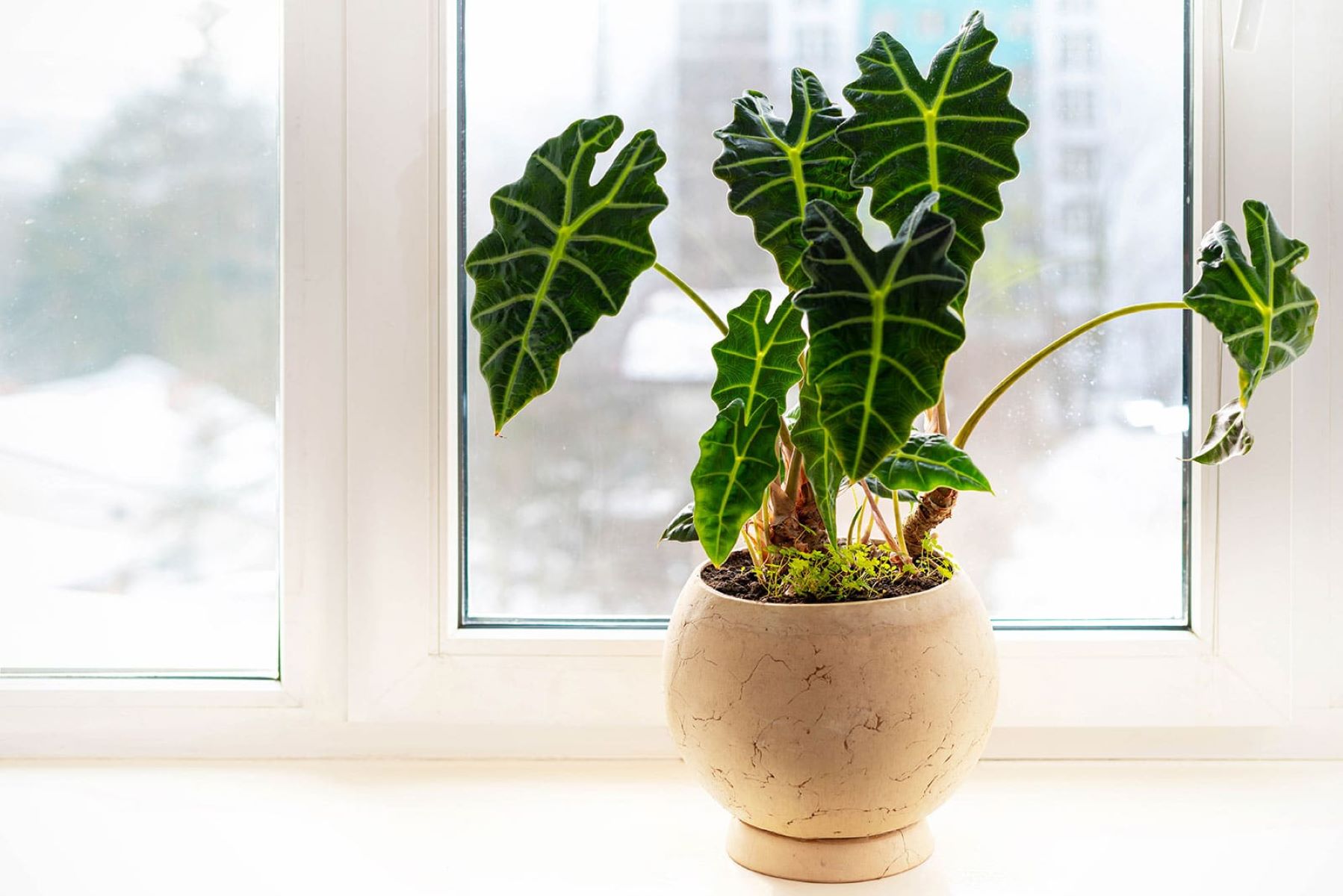



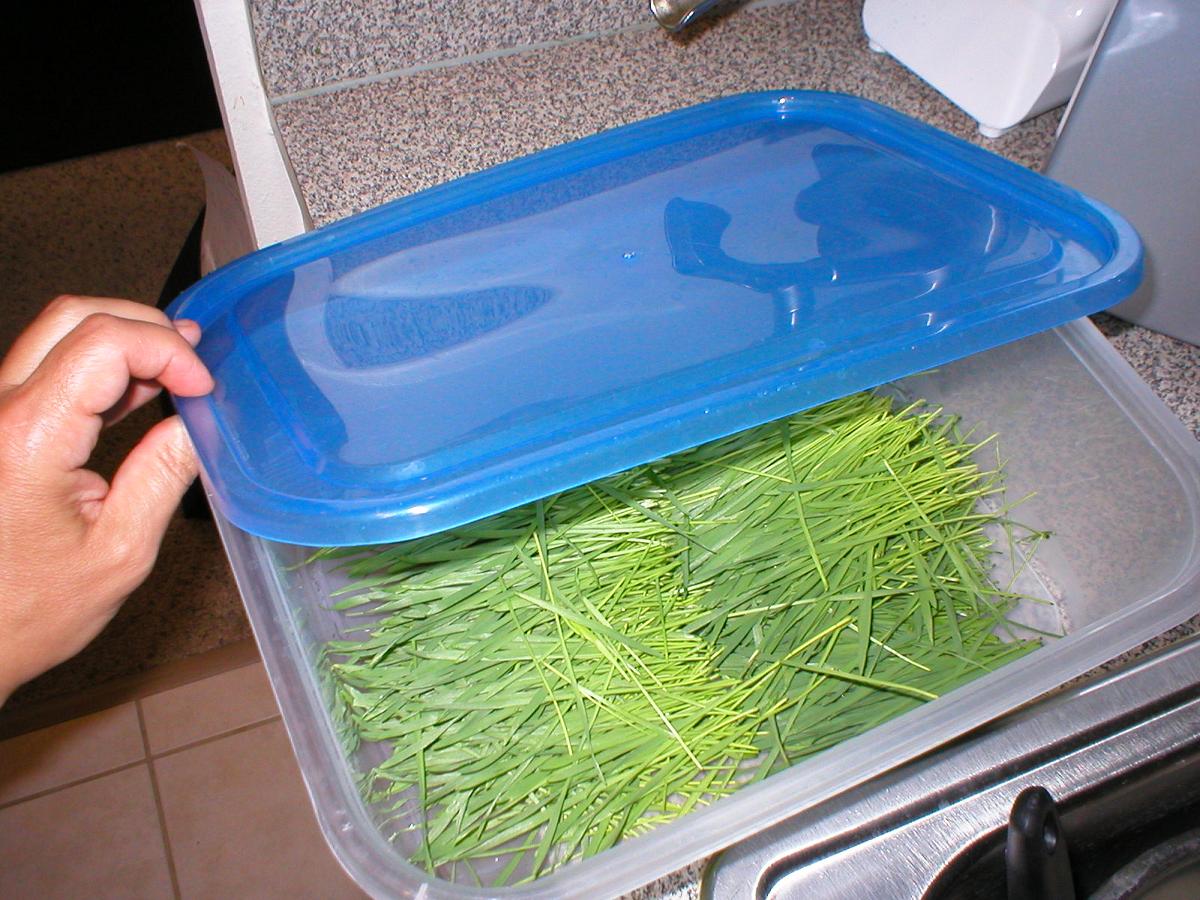

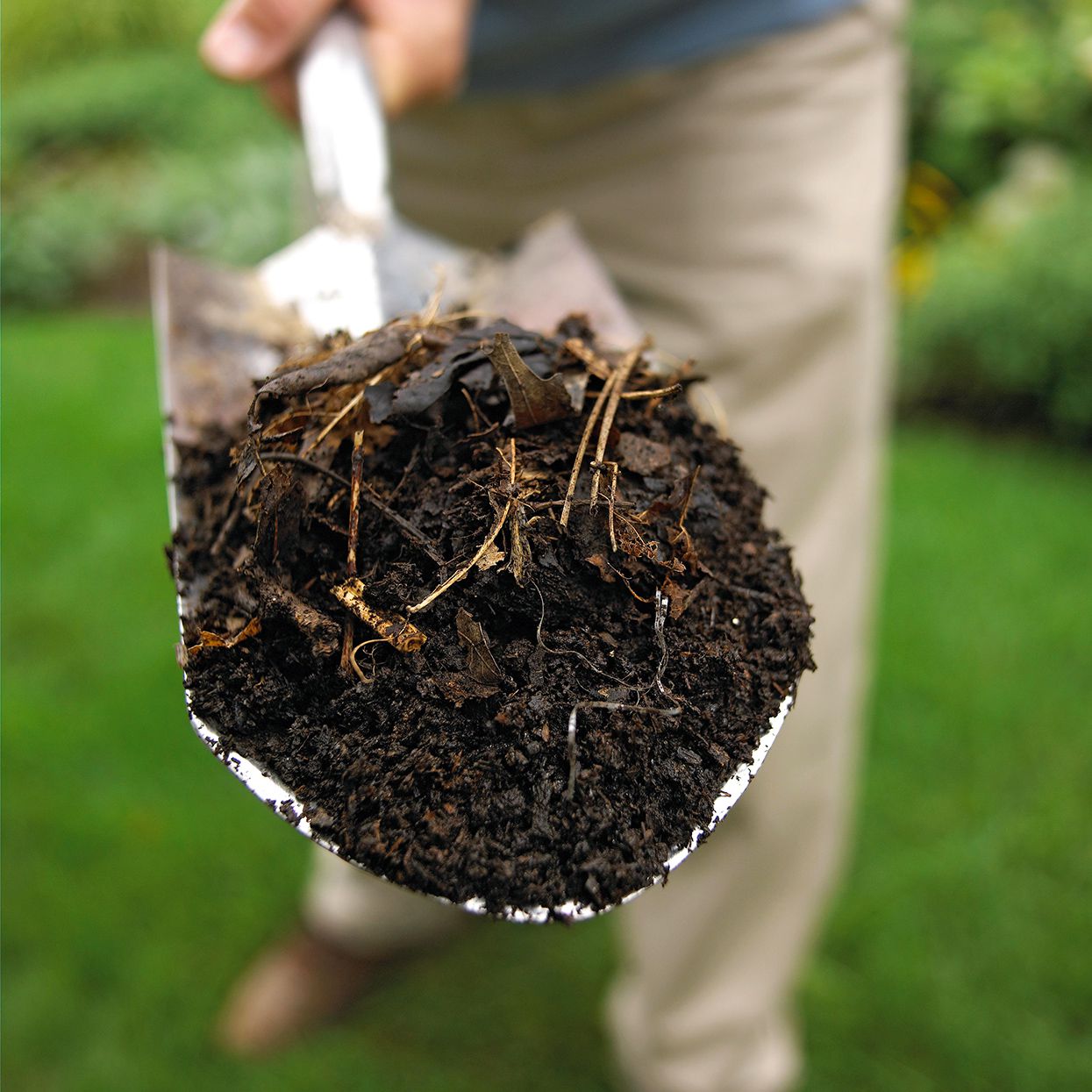
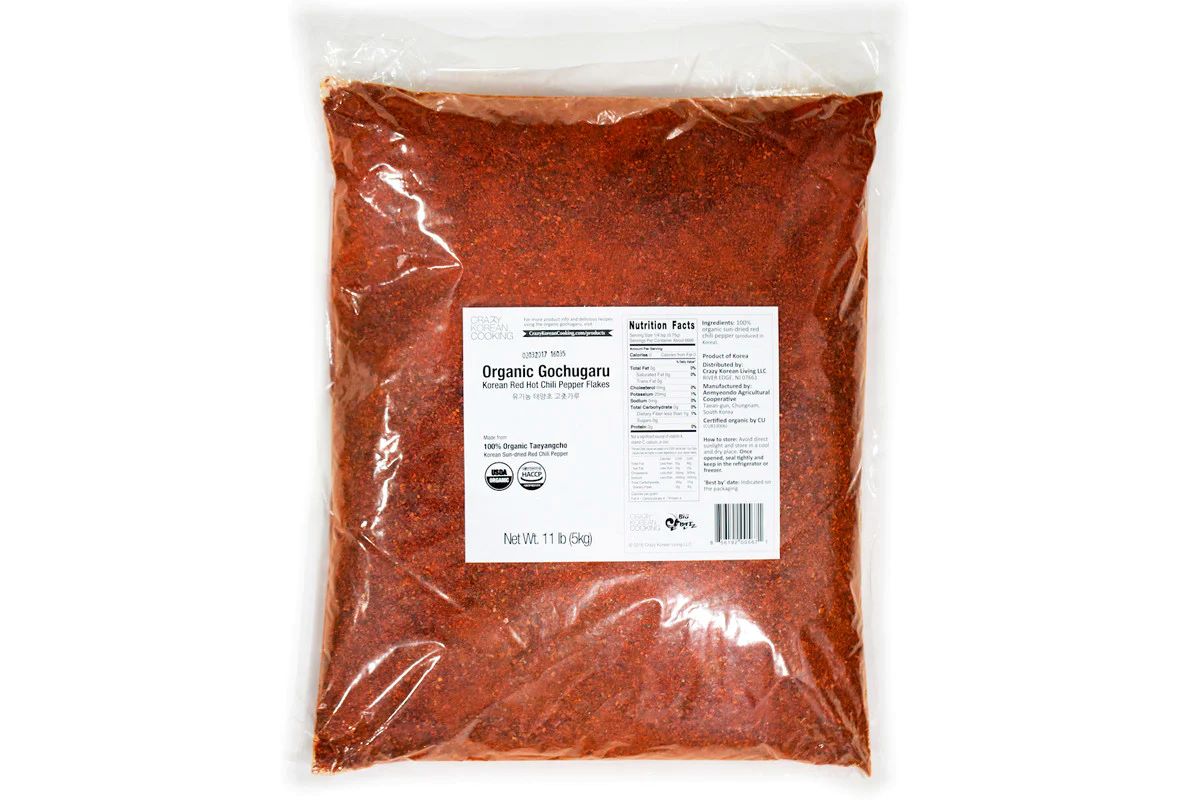
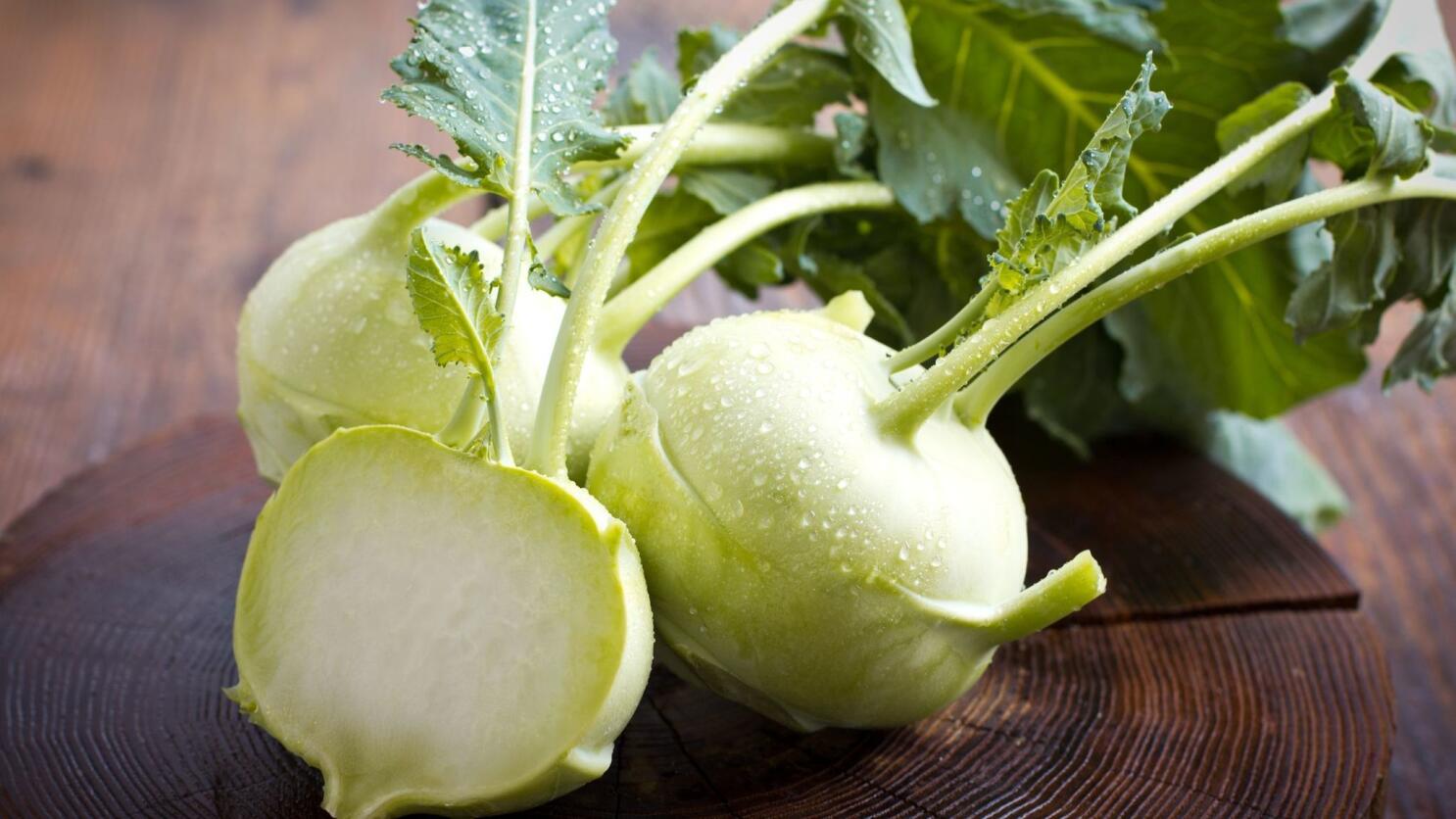

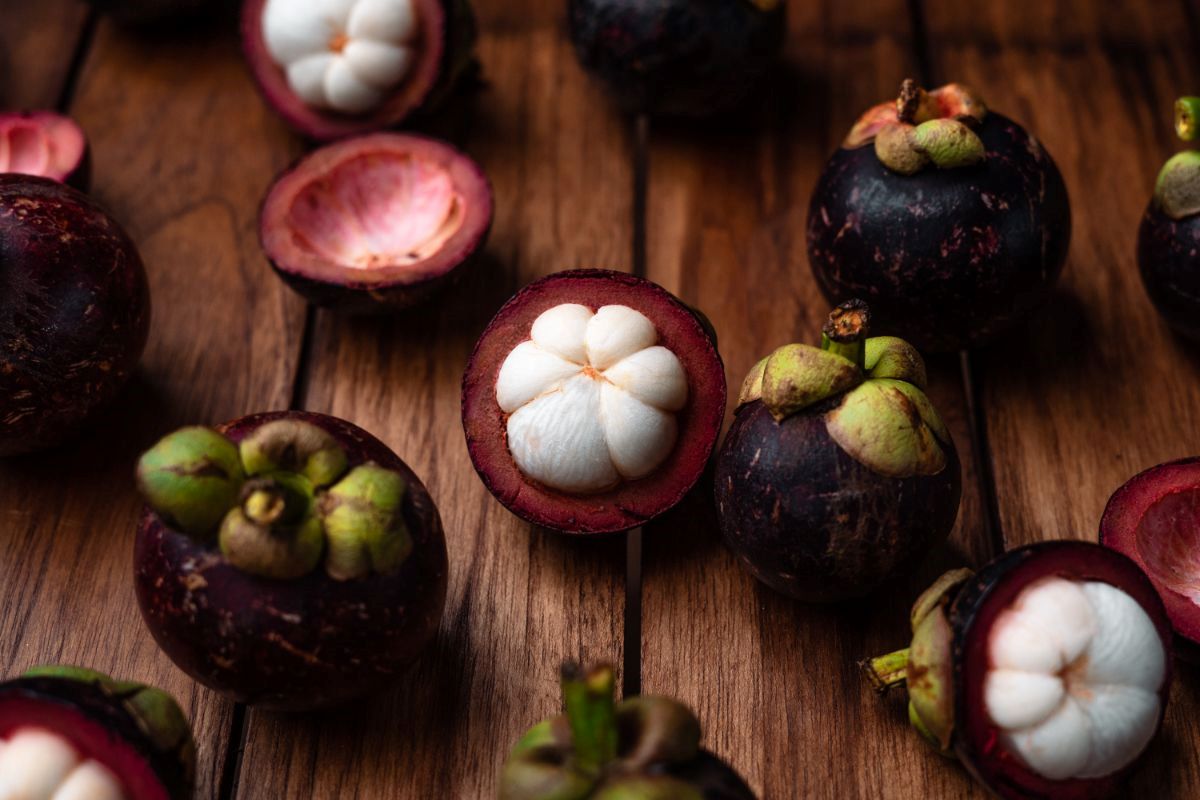
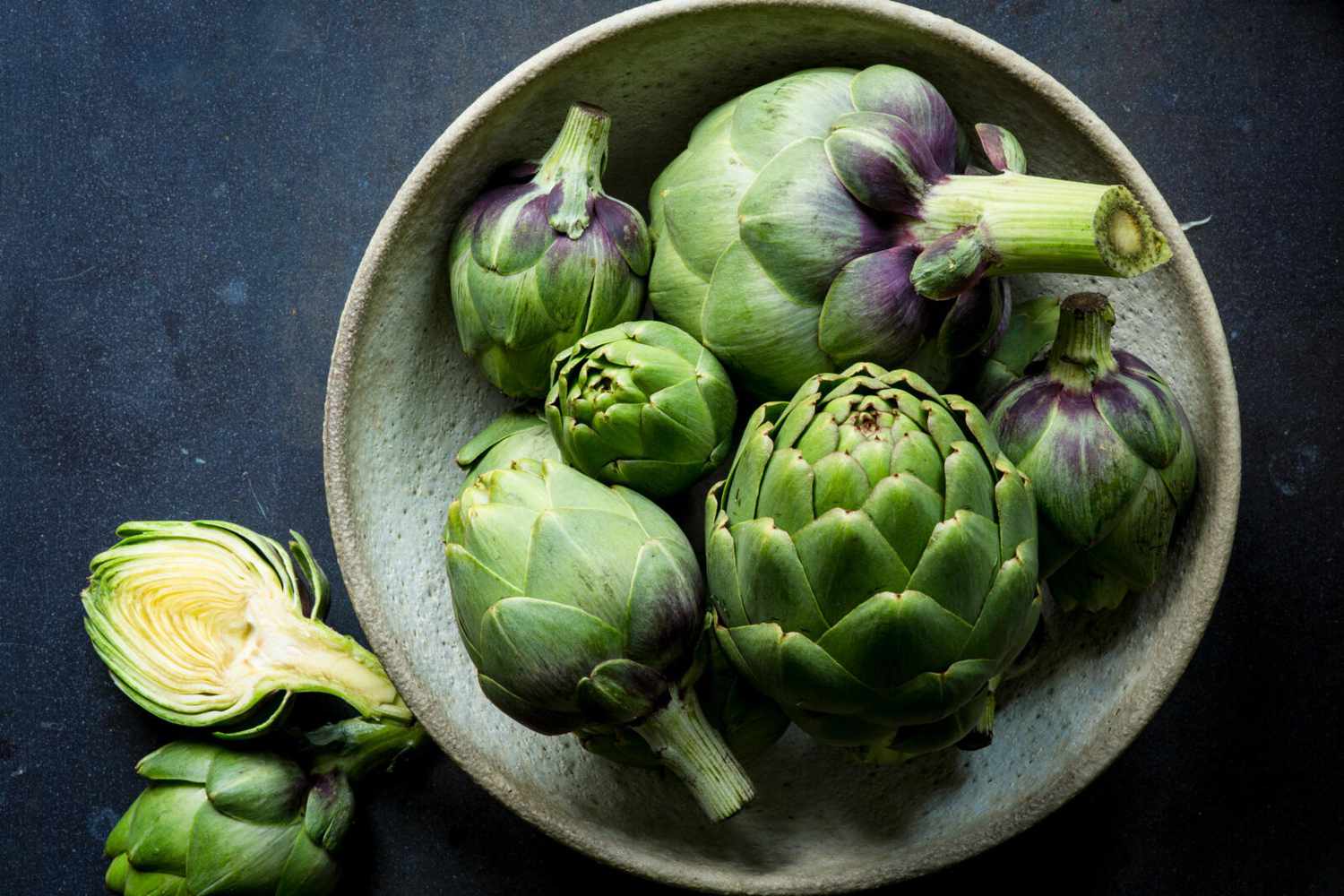
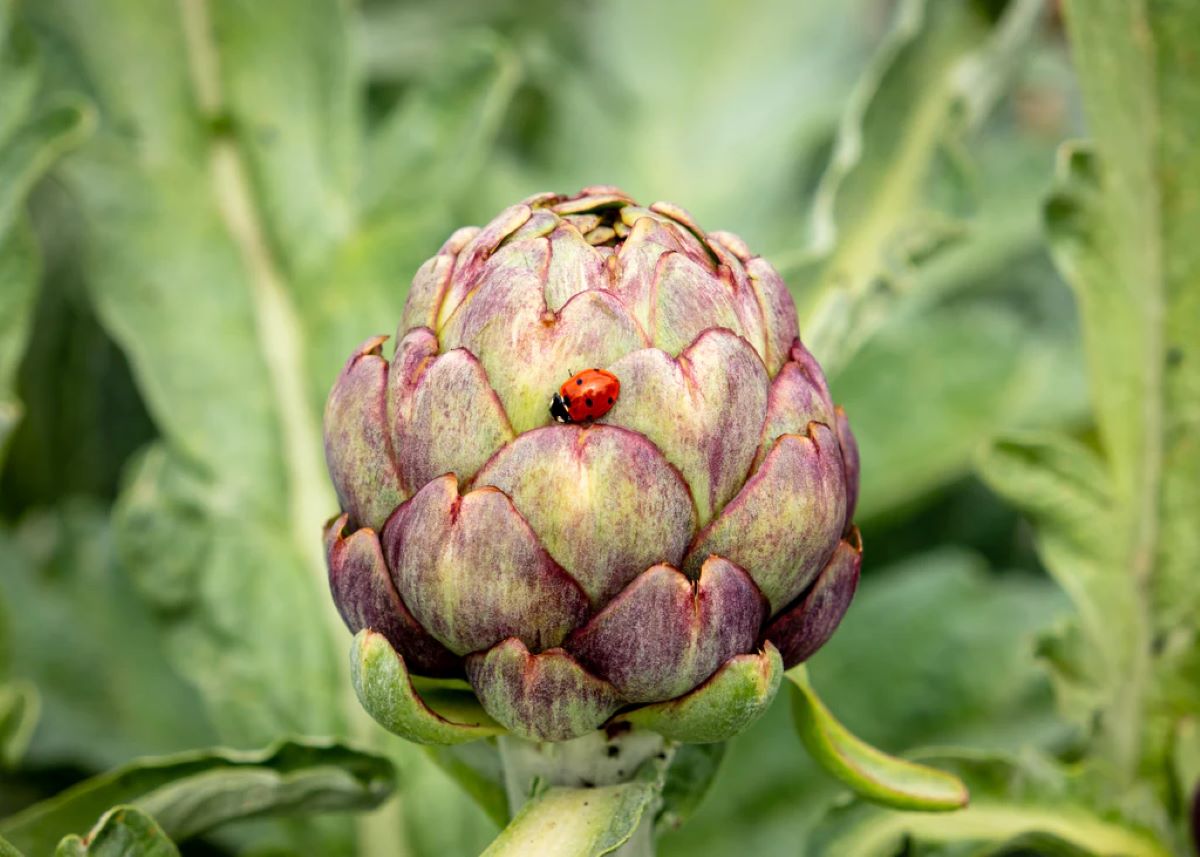

0 thoughts on “How To Store Alocasia Corms”